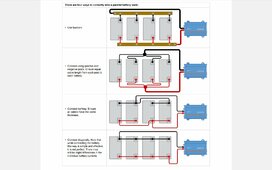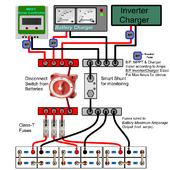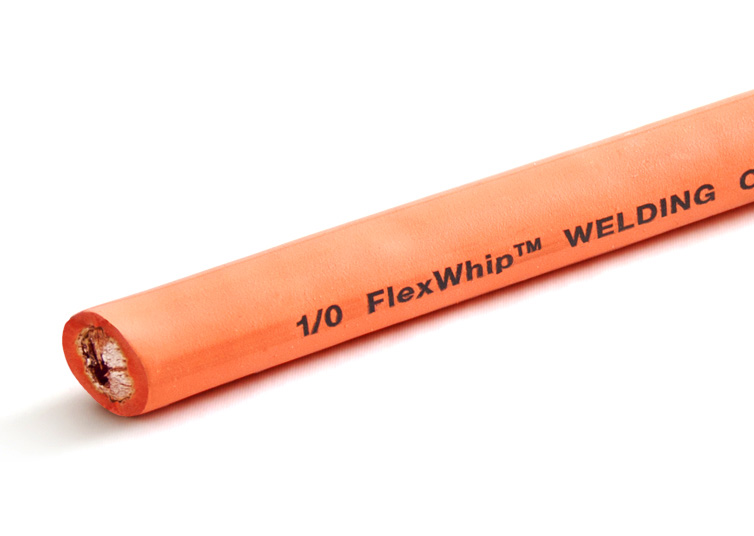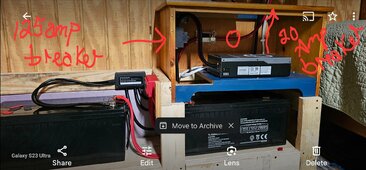CedarRidge
New Member
First off and foremost..like alot of people that find their way to these forums I'm sure, I am very new to solar. I am currently replacing my (2) 200ah AMG batteries with (2) 280ah (1) 200ah and (1)100ah LifePO4 batteries. I know I know. Best to have all same same, but it's the hand it's what I have. After some digging here in the forums (wow there is alot of awesome info here) I can see that I can safely run the different ah power level batteries because they are all same chemistry and same 12v running in parallel. Great. My question comes in with the internal BMS of the batteries. With the different power levels I am concerned about battery balancing especially given this is at my cabin on my tree farm an 1hr away, so I am not right there to monitor this while it idling when I am back home running the rat race. Will the internal BMS of each individual battery keep them all in balance. Will it do this both during idle and under load when I am there actively using the system? Or should I invest in an additional external BMS ? If the answer to that is yes, do you have any recommendations which one i should be using? Would it be best to hookup one battery at a time and them them top before adding the next one or can I just drop them all in at once and let the system roll?
The system:
(4) 315watt PV
100amp MPPT charge controller
(2) 280ah (1) 200ah and (1)100ah 12v LifePO4 batteries in parallel
4000watt inverter
The system:
(4) 315watt PV
100amp MPPT charge controller
(2) 280ah (1) 200ah and (1)100ah 12v LifePO4 batteries in parallel
4000watt inverter







